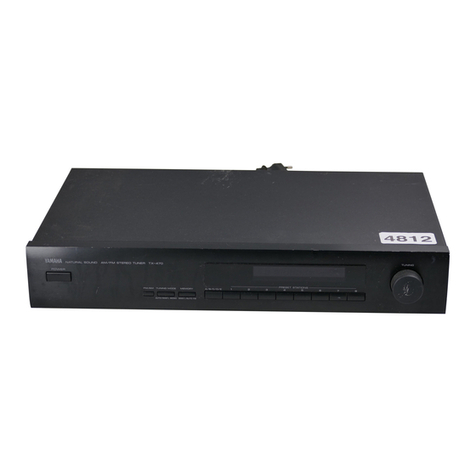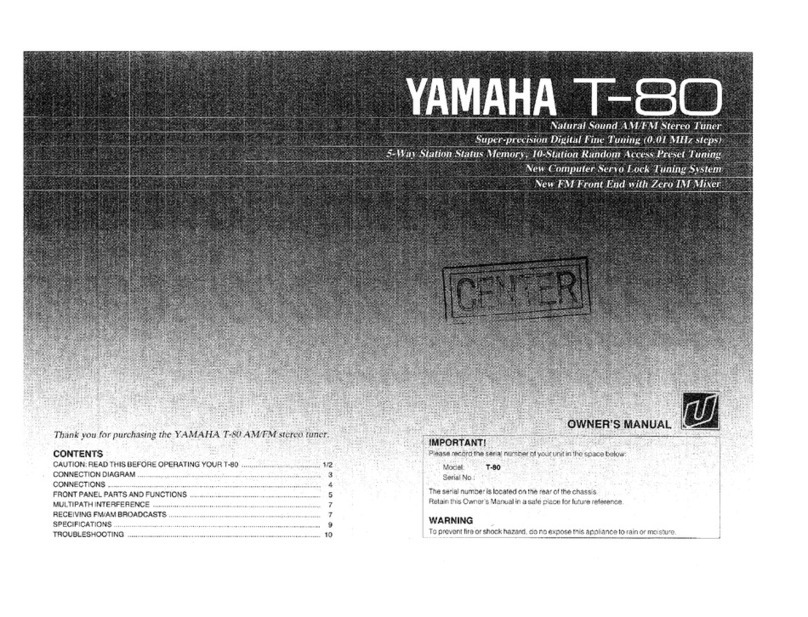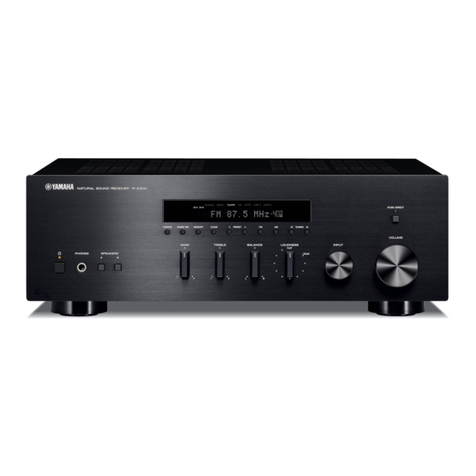Yamaha T-1000 User manual
Other Yamaha Tuner manuals
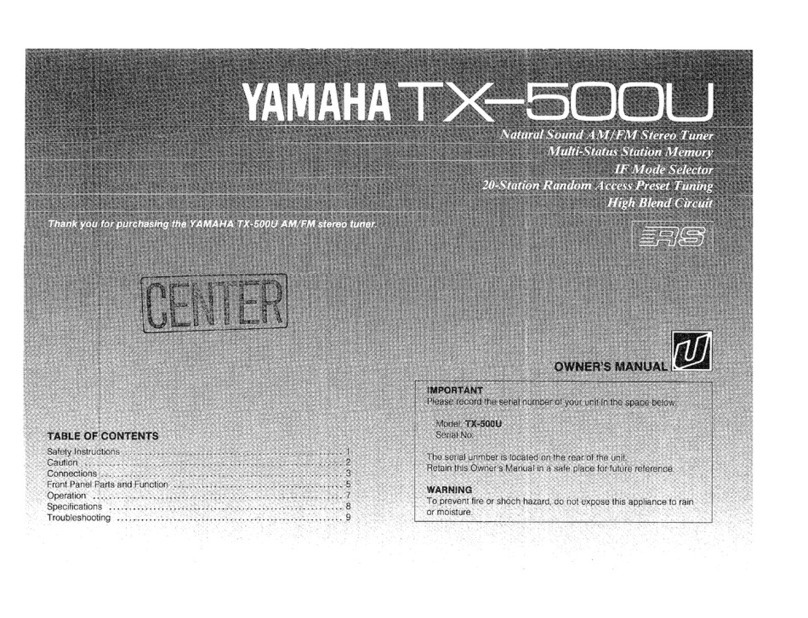
Yamaha
Yamaha TX-500U User manual
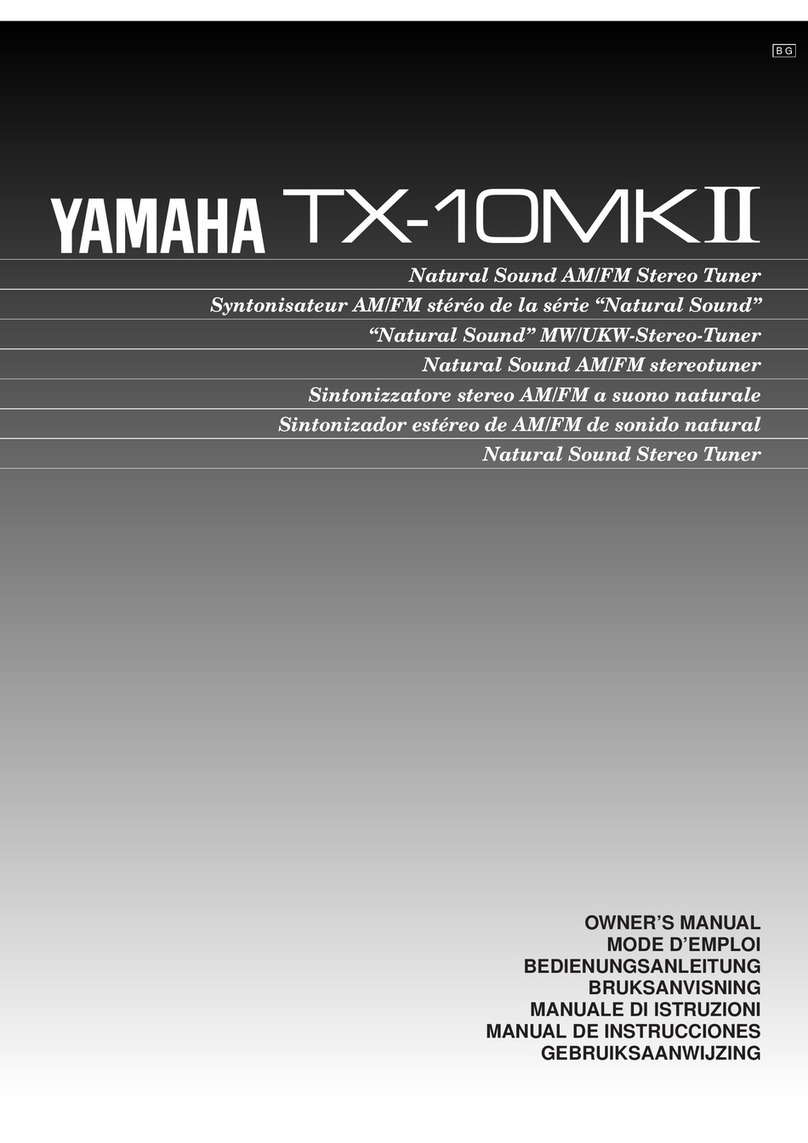
Yamaha
Yamaha TX-10MKII User manual
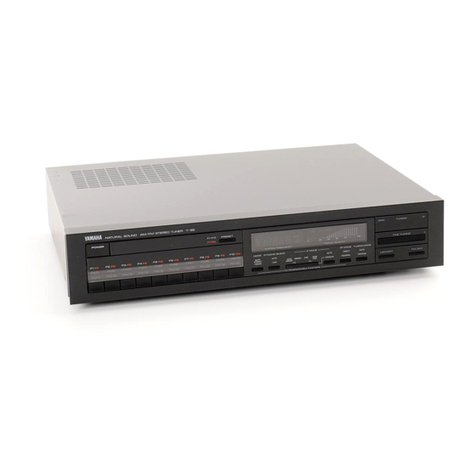
Yamaha
Yamaha T-85 User manual
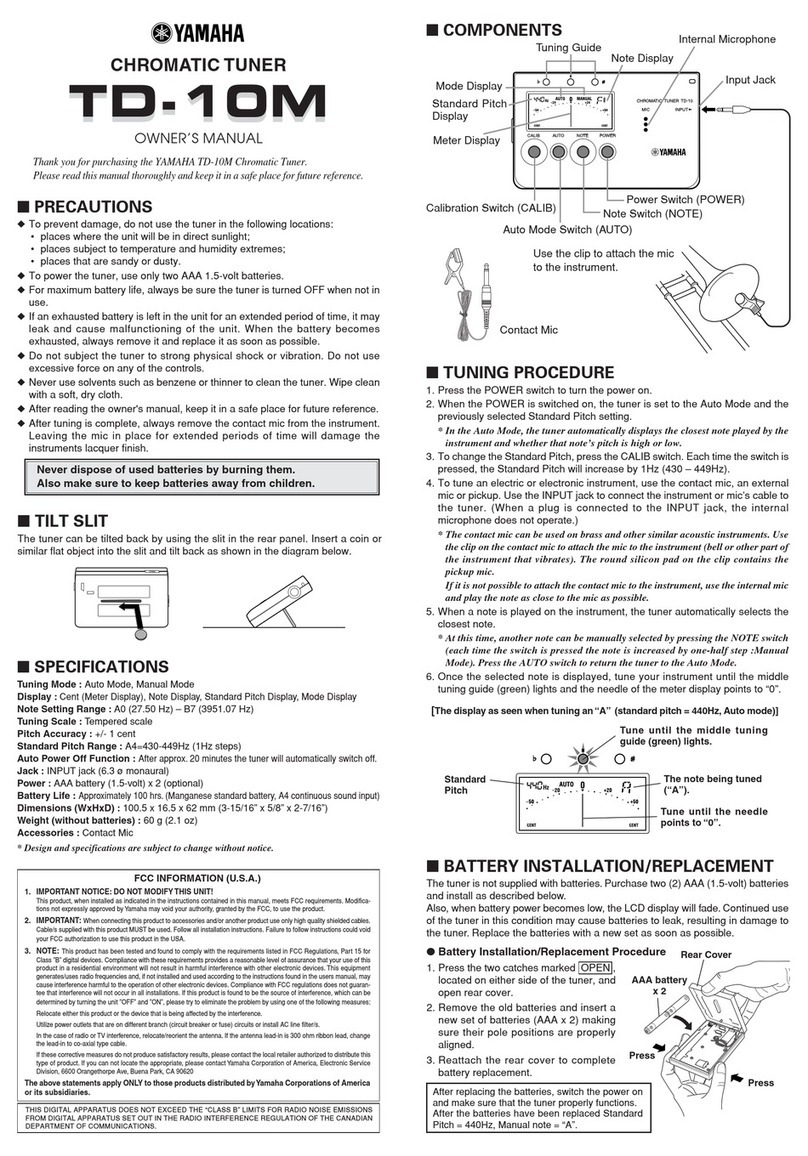
Yamaha
Yamaha TD-10M User manual

Yamaha
Yamaha YT-1200 User manual
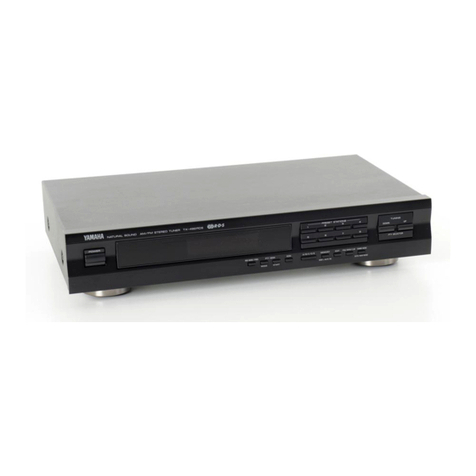
Yamaha
Yamaha TX-492 User manual
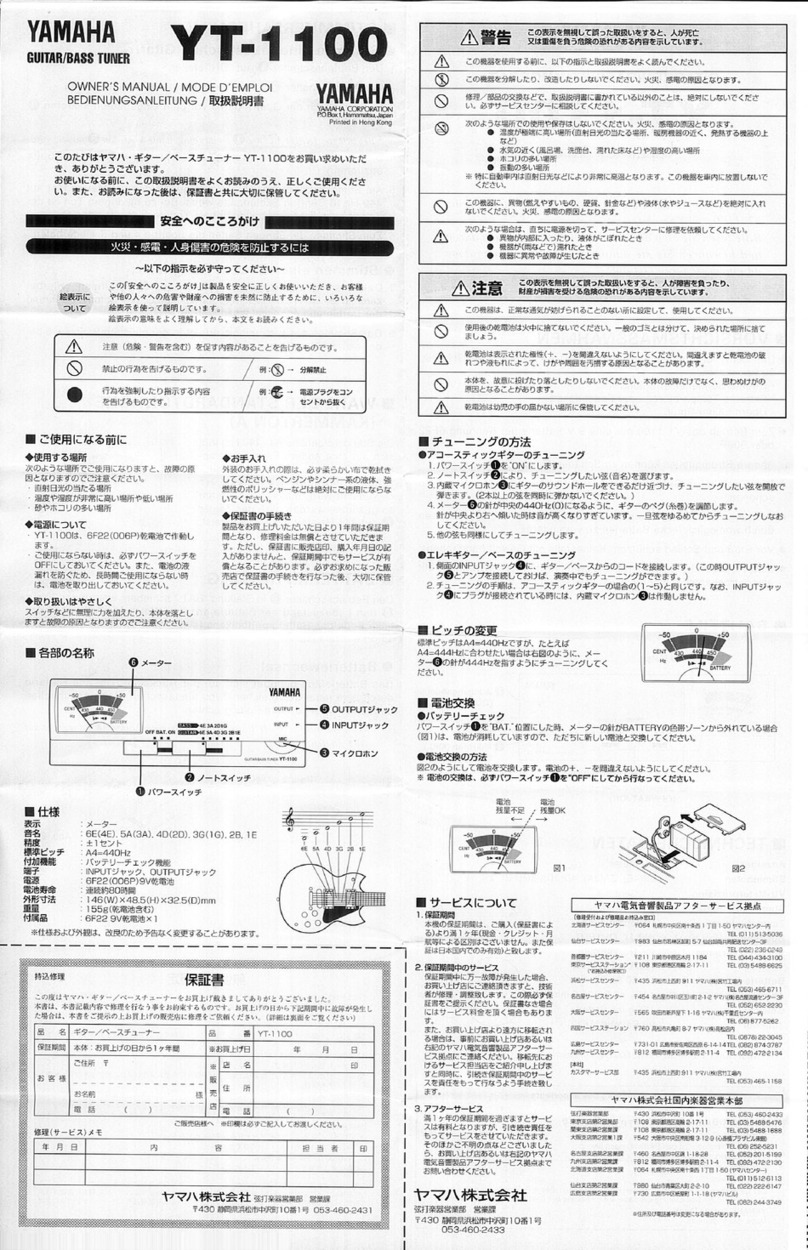
Yamaha
Yamaha YT-1100 User manual
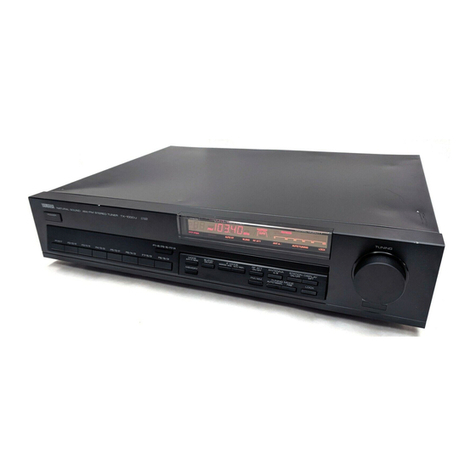
Yamaha
Yamaha TX-1000 User manual

Yamaha
Yamaha T-960II User manual

Yamaha
Yamaha T-230 User manual
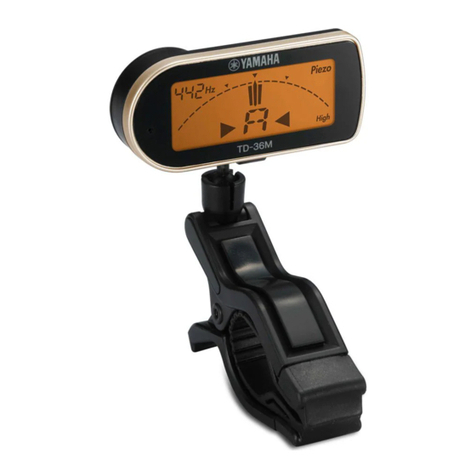
Yamaha
Yamaha TD-36ML User manual
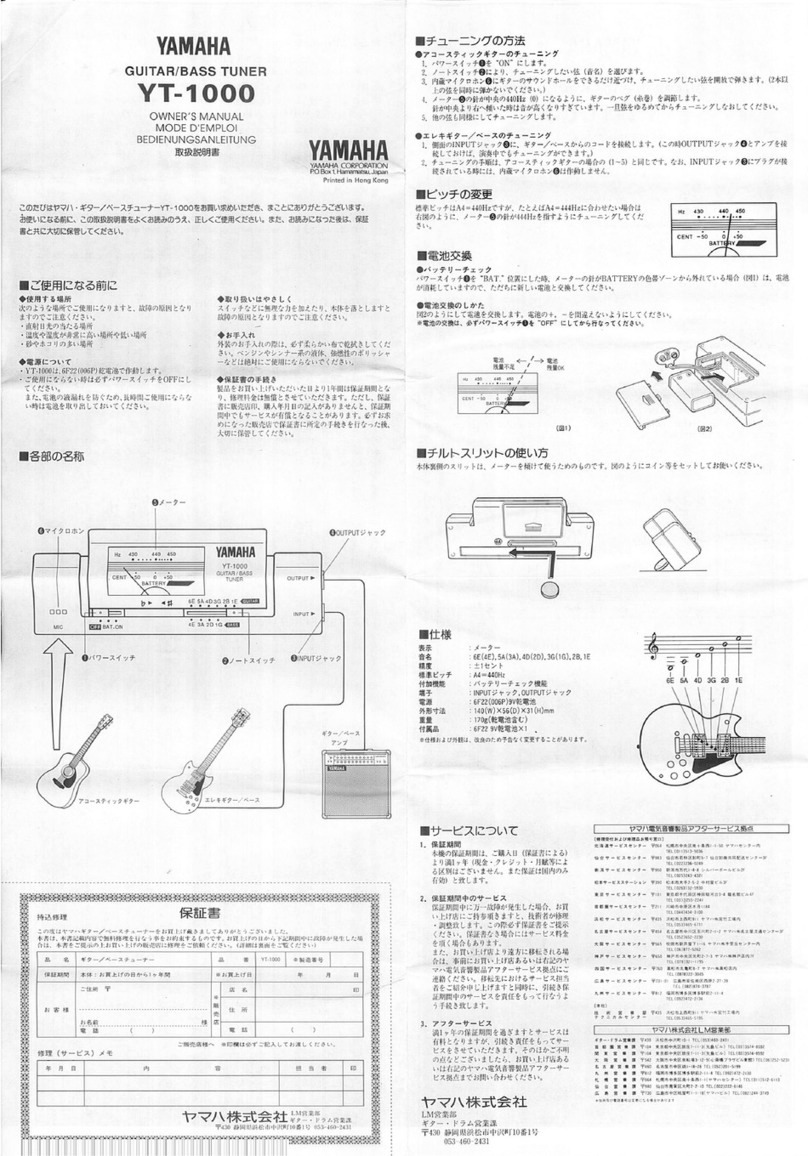
Yamaha
Yamaha YT-1000 User manual
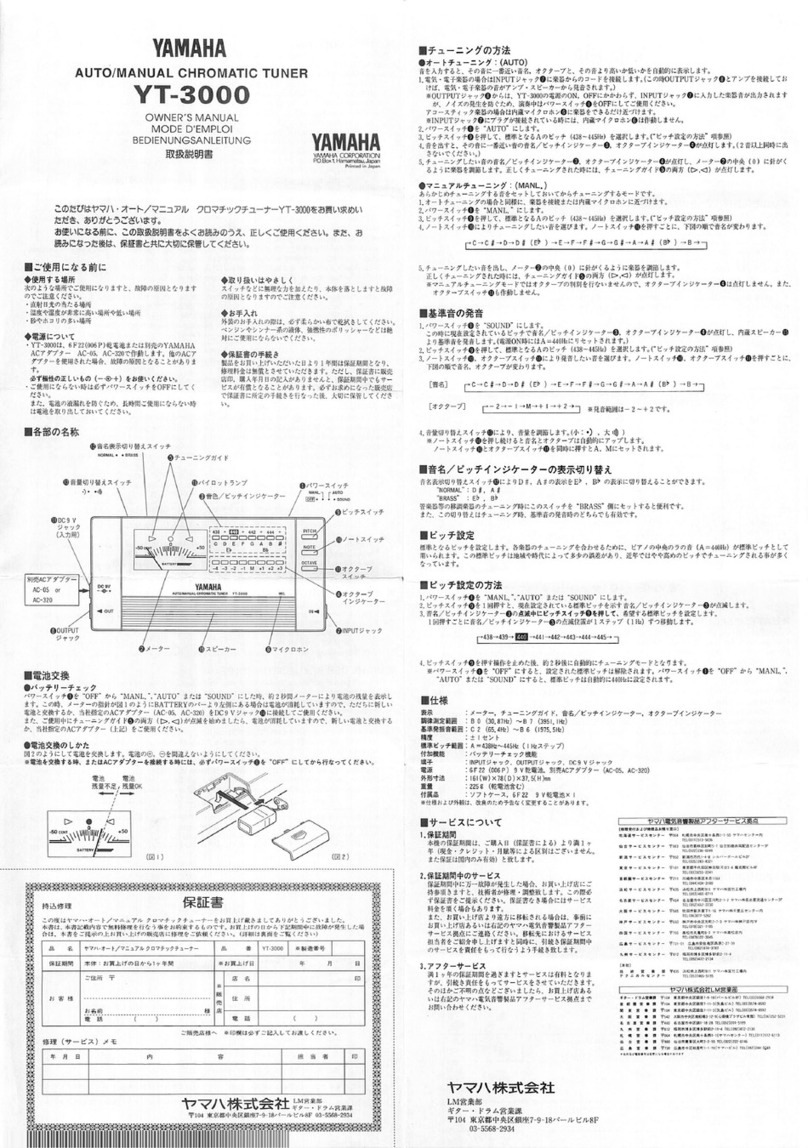
Yamaha
Yamaha YT-3000 User manual
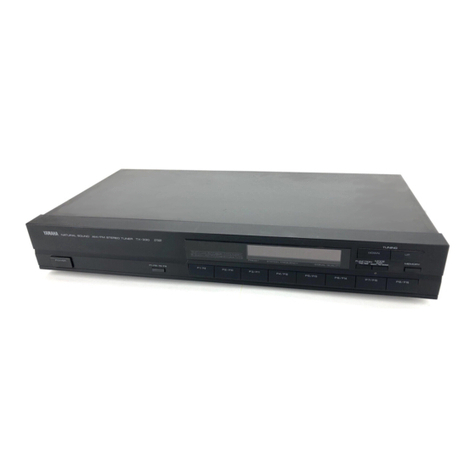
Yamaha
Yamaha TX-300 User manual
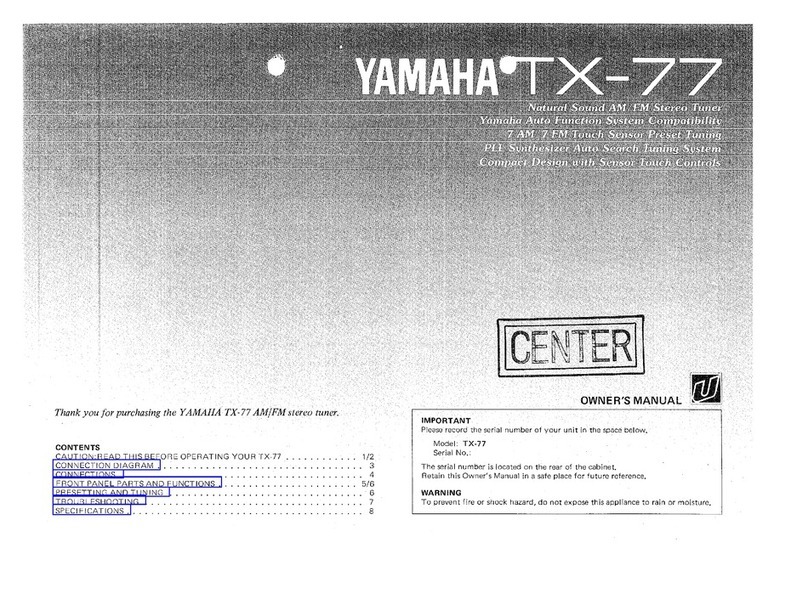
Yamaha
Yamaha TX-77 User manual

Yamaha
Yamaha YT-2000 User manual

Yamaha
Yamaha TX-530 User manual
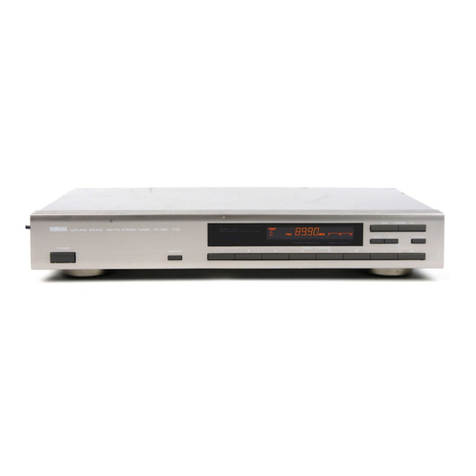
Yamaha
Yamaha TX-350 User manual
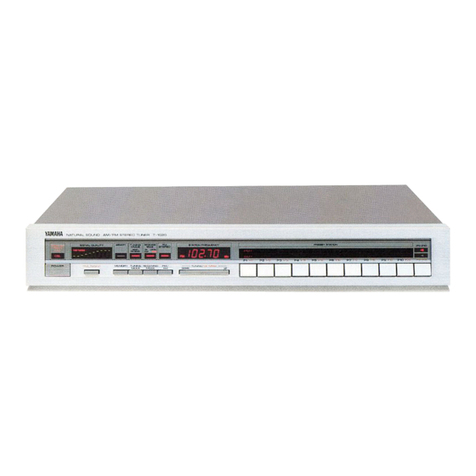
Yamaha
Yamaha T-1020 User manual
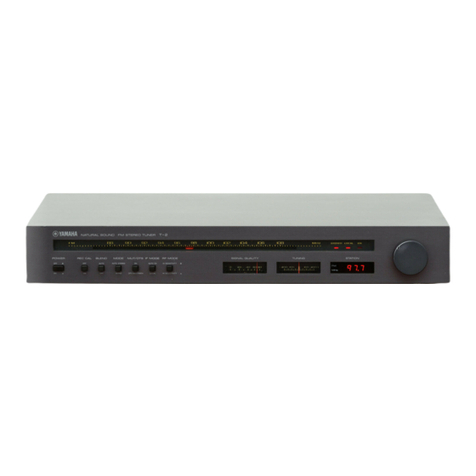
Yamaha
Yamaha T-2 User manual
Popular Tuner manuals by other brands

NAD
NAD C 445 owner's manual

Sony
Sony ST-SA5ES operating instructions

Pioneer
Pioneer GEX-P700DAB Operation manual

Sirius Satellite Radio
Sirius Satellite Radio SC-FM1 user guide

Antique Automobile Radio
Antique Automobile Radio 283501B Installation and operating instructions

Sanyo
Sanyo FMT M15L Service manual
